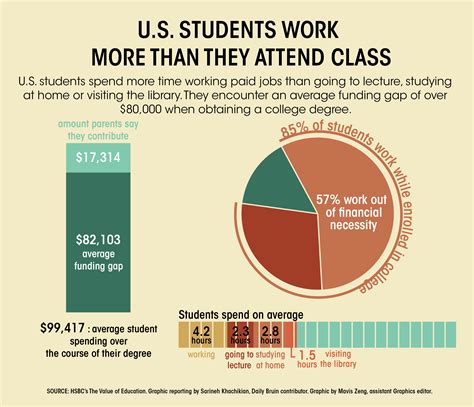Demystifying the Part-Time Student Journey

In the ever-evolving educational landscape, the demarcation between full-time and part-time students is becoming increasingly nuanced. While the former typically dedicates the majority of their academic pursuits, the latter juggles academic responsibilities with other commitments, such as employment or family obligations. Understanding the intricacies of part-time student status is crucial for navigating the academic journey and reaping its multifaceted rewards.
Defining Part-Time Student Status
The definition of a part-time student varies across institutions and countries. However, general guidelines provide a framework for understanding the classification:
1. Credit Hours:
In the United States, a part-time undergraduate student typically enrolls in 6-11 credit hours per semester, while a part-time graduate student typically enrolls in 2-5 credit hours per semester.
2. Course Load:
In the United Kingdom, a part-time student typically undertakes 20-59% of a full-time course load, while a full-time student undertakes 60-100%.
3. Academic Pace:
Part-time students generally progress through their degree programs at a slower pace than full-time students. This allows them to balance their academic commitments with other responsibilities.
Impact of Part-Time Student Status
The part-time student status influences various aspects of the academic experience:
1. Financial Considerations:
Part-time students often pay lower tuition fees compared to full-time students. However, they may also have limited access to financial aid and scholarships.
2. Career Options:
Part-time students may have fewer opportunities for internships and other career-enhancing experiences compared to full-time students.
3. Social Involvement:
Balancing academic and non-academic commitments can limit part-time students’ participation in extracurricular activities and campus life.
Benefits of Part-Time Student Status
Despite the challenges, part-time student status offers several benefits:
1. Flexibility:
Part-time students enjoy greater flexibility in scheduling their classes and study time, enabling them to accommodate other commitments.
2. Practical Experience:
Combining academic studies with employment or other activities provides part-time students with valuable practical experience.
3. Career Advancement:
Part-time students can enhance their career prospects by acquiring new skills and qualifications while continuing to work.
Tips for Success as a Part-Time Student
Navigating the part-time student journey requires careful planning and execution:
1. Set Realistic Expectations:
Part-time students should be mindful of their time constraints and set realistic goals for their academic progress.
2. Optimize Time Management:
Effective time management is crucial for balancing multiple commitments. Create a structured study schedule and stick to it as much as possible.
3. Seek Support:
Part-time students should not hesitate to reach out to professors, academic advisors, or support services for assistance when needed.
4. Explore Funding Options:
Explore scholarships, grants, or part-time employment opportunities to supplement financial resources.
5. Prioritize Self-Care:
Balancing academic and non-academic obligations can be demanding. Prioritize self-care to maintain physical and mental well-being.
Is Part-Time Student Status Right for You?
The decision of whether to pursue part-time student status should be carefully considered. Factors to weigh include:
1. Career Goals:
Does part-time study align with your career aspirations and long-term goals?
2. Financial Situation:
Can you afford the costs associated with part-time study without compromising your financial stability?
3. Time Constraints:
Do you have the available time to balance academic and non-academic commitments effectively?
4. Personal Preferences:
Ultimately, part-time student status should align with your personal preferences and goals. Consider your comfort level with flexibility and the potential limitations.
Conclusion
The path of a part-time student is a unique and rewarding journey. Understanding the definition, implications, and potential benefits of part-time student status empowers you to make informed decisions about your educational pursuits. By embracing flexibility, seeking support, and prioritizing time management, part-time students can navigate the complexities of their academic endeavors and achieve their aspirations. Remember, the path to success is paved with careful planning, dedication, and the unwavering pursuit of knowledge.
